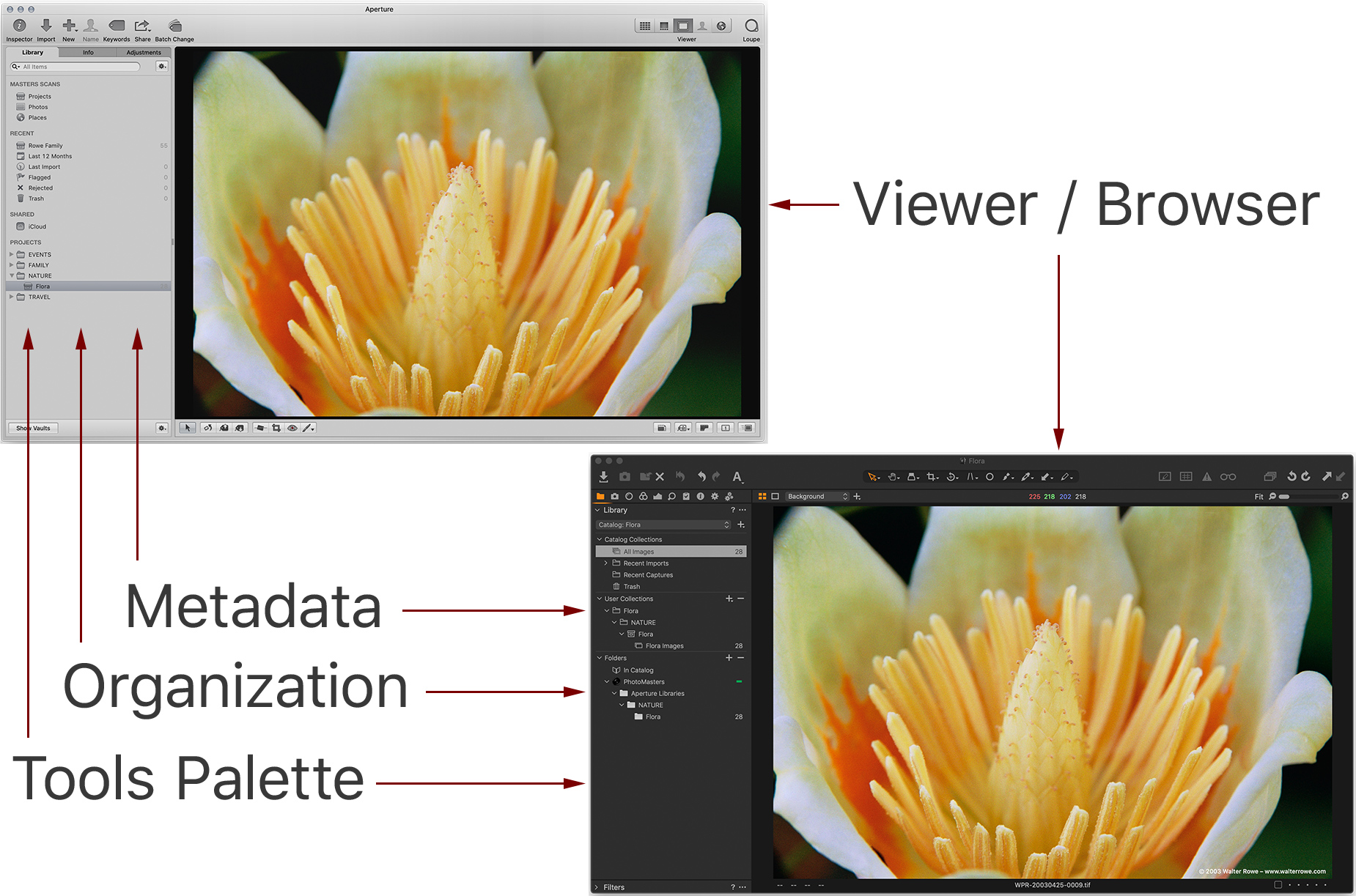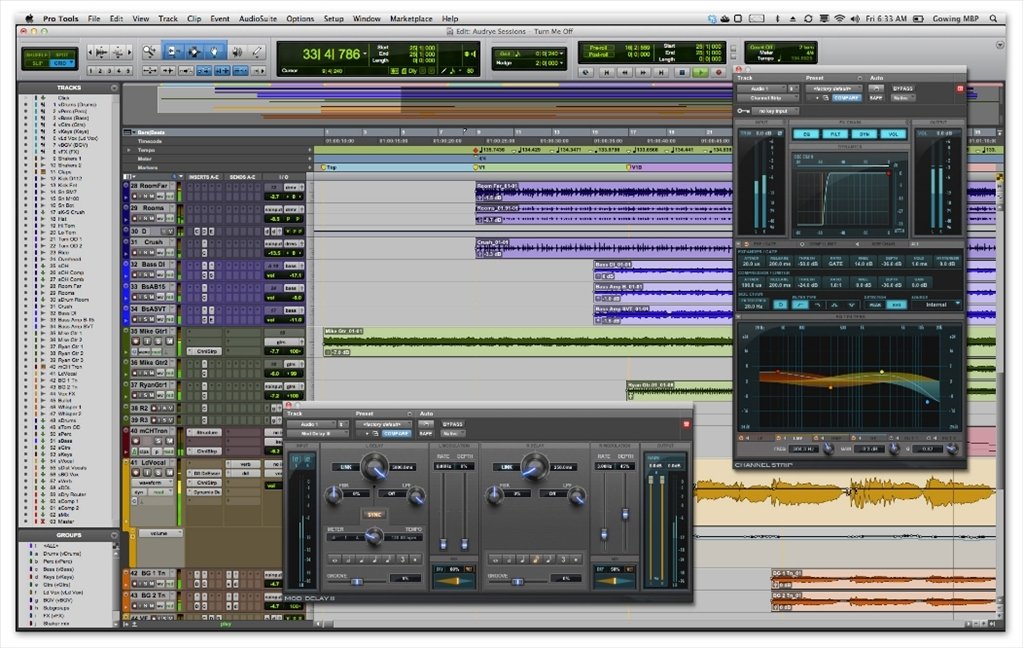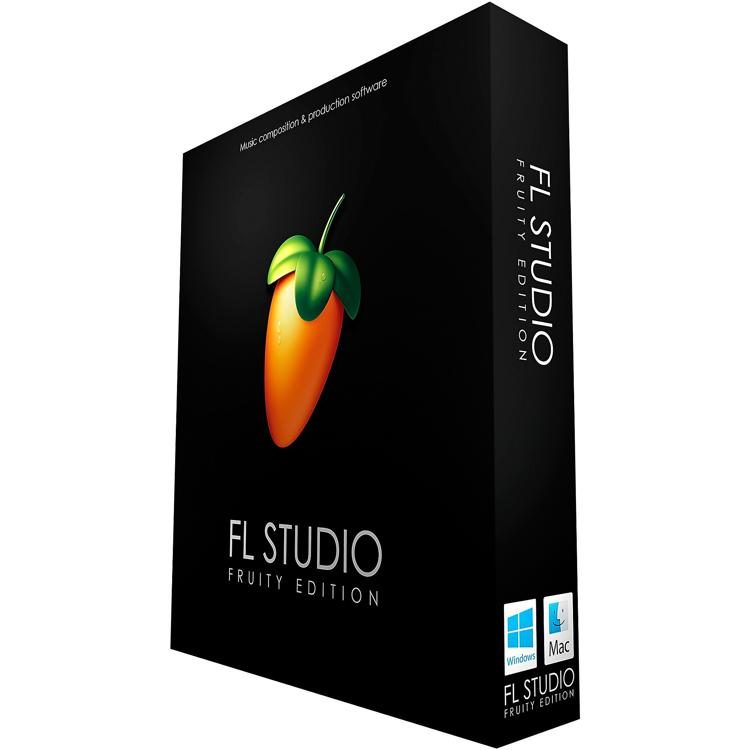Aperture Download 3.2.3 is the professional image processing software of Apple that allows you to manage the photos and manipulate faster. Besides that, there are many pre-installed effects in this app so the users just need to click and the results are immediate. If you are a person who loves editing the photos, please install this app for your macOS version.
Download third-party editing extensions from the Mac App Store to add filters and texture effects, use retouching tools, reduce noise, and more. Reset Adjustments When you’ve made an edit, you can judge it against the original by clicking Compare. Download Apple Aperture for Mac to post production tool for photographers. Aperture 3 has what it takes at a cost of $199 new, $99 to upgrade, or free for a 30-day trial. At its heart are an. Camera Obscura Icons for iPhoto and Aperture for Mac Free kremalicious.com Mac OS X 10.4 Intel/PPC, Mac OS X 10.5 Intel/PPC Version 1.1 Full Specs Download Now Secure Download. There's no longer a free trial download version, but when you buy the $79.99 app from the App Store, you'll be able to. Apple Aperture 3.6 Torrent is a powerful photo management application for Mac that provides a great collection of photo processing tools that will help you refine your pictures, organize and publishing them. Download Aperture 3.2.3. Picture manager for professional photographers. Aperture is a photo manager developed by Apple and focussed on professional photographers that allows them to organize and manage their photos in a very useful way. Good evening, till now I have been using Aperture 3.4.5 on my old computer Apple (Mac Os X 10.7.5).

The specialty of Aperture for Mac
- This app will provide you over 200 new features that help you to manage and proceed with the photos easier.
- In image processing, you also have the pre-installed effects that will provide you more options for creating beautiful photos.
- Besides that, this app also can save your edits as metadata in the database, so you can go back and correct any old edit even .sheet or .xcf files don’t destroy that data in a non-destructive way.
- The interface of this app is quite easy to use. Even if you are not good at technology, you can work in this software effectively.
- This app also allows you to create the category for any photos that have tags and albums. Besides that, the most special feature of this app is that it can realize somebody’s faces automatically, and catalog them, that is the reason why you can find the photos of the same person easily.
- If you are a person who loves traveling, this app is a useful tool for you. It allows you to geotag any photos and see the exact location on the map. This thing will support you to save all of the pictures on your tour in the detailed way.

With the features that Aperture for Mac brings to you, it is very easy to understand why a lot of people love it. It absolutely can give you more excellent technology experience. It is obvious that this app is really the companion with you in saving the wonderful moments.
Screenshots
FULL SPECIFICATIONS
- Author: Apple Computer, Inc
- Release date: November 30, 2005
- License: TRIAL
- OS: Mac
- Version: 3.2.3
In June 2014, Apple announced that development of Aperture has been discontinued. Since then, Apple has released six major macOS upgrades. For technical reasons, macOS Mojave is the last version of macOS to run Aperture. Starting with macOS Catalina, Aperture is no longer compatible with macOS.
To continue working with your Aperture photo libraries, you must migrate them to another photo app. You can migrate them to the Photos app, which is included with macOS Yosemite or later, or migrate them to Adobe Lightroom Classic or another app. You should do this before upgrading to macOS Catalina.
Migrate your library to Photos
If you're using macOS Mojave or earlier
Follow these steps if you're using macOS Mojave or earlier:
- Open Aperture.
- Choose Aperture > Preferences, click the Previews tab, then change the Photo Preview setting to Don't Limit. Close the preferences window.
- From the list of projects in the Library inspector, select all of your projects. For example, click the first project listed, then press and hold the Shift key while clicking the last project.
- Click the Browser layout button in the toolbar, so that all photos are shown as thumbnails.
- Choose Edit > Select All to select all of your photos.
- Press and hold the Option key, then choose Photos > Generate Previews.
- Aperture now generates full-size previews for every photo in your library. To follow its progress, choose Window > Show Activity from the menu bar. Quit Aperture when processing is complete.
- Open the Photos app, then choose your Aperture library when prompted, as pictured above. If you aren't prompted to choose a library, press and hold the Option key while opening Photos. If your Aperture library isn’t listed, click Other Library, then locate and choose your library.
When Photos shows the photos from your Aperture library, migration is complete. Learn more about how Photos migration works and how Photos handles content, metadata, and smart albums from Aperture.
If you're using macOS Catalina
Starting with macOS Catalina, Aperture is no longer compatible with macOS. If you upgraded to macOS Catalina before migrating your library to Photos, follow these steps:
- Install the latest macOS Catalina updates. Your Mac must be using macOS Catalina 10.15.1 or later.
- If you migrated your library to Photos after installing macOS Catalina 10.15 but before updating to macOS Catalina 10.15.1, complete these steps before continuing:
- Select your Aperture library in the Finder. By default, it's named Aperture Library and is in the Pictures folder of your home folder.
- Choose File > Get Info. An Info window for your Aperture library opens.
- In the Name & Extension section of the Info window, replace .migratedphotolibrary at the end of the file name with .aplibrary. Then close the window.
- Open the Photos app, then choose your Aperture library when prompted, as pictured above. If you aren't prompted to choose a library, press and hold the Option key while opening Photos. If your Aperture library isn’t listed, click Other Library, then locate and choose your library.
Rosetta stone free download mac. When Photos shows the photos from your Aperture library, migration is complete. Learn more about how Photos migration works and how Photos handles content, metadata, and smart albums from Aperture.
Migrate your library to Adobe Lightroom Classic
Adobe Lightroom Classic version 5.7 and later includes a built-in tool for migrating Aperture libraries to Lightroom catalogs.

If you’ve upgraded to macOS Catalina, learn about compatibility with Lightroom Classic.
When an Aperture library is migrated to Lightroom, your library's organization, metadata, and image adjustments are preserved, with some exceptions:
- RAW files are migrated, but Aperture's non-destructive adjustment layer does not. Lightroom’s migrator tool includes an option to export and migrate Aperture’s full-size JPEG previews for edited images. If you want to preserve your Aperture edits in another format, export the edited images from Aperture first, then reimport them into Lightroom after migrating your library.
- Projects, folders, and albums are migrated to Lightroom collections and collection sets.
- Faces, color labels, and stacks are migrated as keywords.
- Rejected images are migrated to a collection.
- Slideshows are migrated as collections.
- Smart Albums and custom metadata fields aren't migrated.
- Album organization is alphabetical, so manual sidebar organization might not be preserved.
- Custom metadata fields aren't migrated.
Export your Aperture library
Apple Aperture 3.6 Download
You can also export the contents of your Aperture library to back it up or to import into another app.

